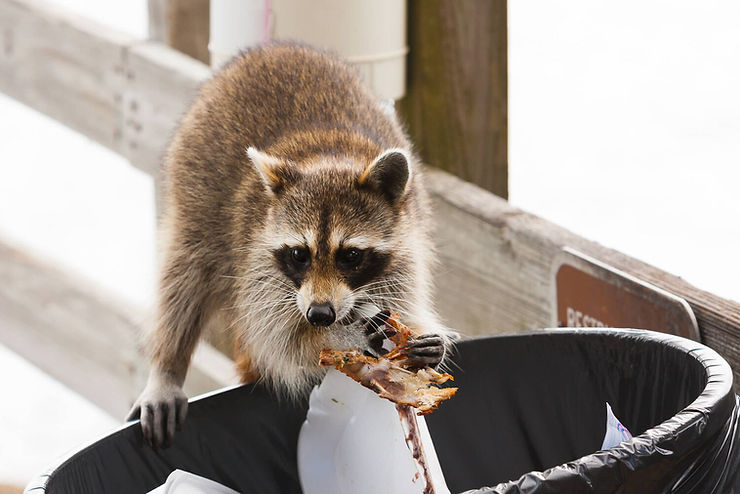By: Olivia Ho
It was hot and humid in what is now North Dakota and a cool river was rushing toward a lake. Slowly a raccoon-like bear crept up to the river and reached in, grabbing a mollusk to munch on.
Paleontologists discovered a perfectly preserved fossil of this raccoon-like bear in North Dakota in the year 1982. “It’s a fabulous specimen that is just exquisitely preserved,” said Xiaoming Wang, a paleontologist and leader of his group.
Dr. Wang and his team thoroughly studied the fossil from top to bottom and side to side. They got information from that one fossil.
The team compared it to many other animals and decided that it lived in the evolution of mammalian carnivores. The animal, which they named the Eoactos vorax, was a part of the carnivorous family. Its ancestors were common like the dogs, but it had an important small branch with the bear ancestors.
This newfound animal’s skeleton was much like a raccoon, but the claws were much longer, possibly making it easier to climb trees. Its feet were flat, possibly making it easy for the animal to walk long distances.
The back teeth of the animal were broken meaning that it had bit something hard. Dr. Wang’s team suspects that the animal ate mollusks. They would crush the shell of the mollusk, potentially crushing its teeth. Dr. Wang’s team saw that there was an infection in the jaw meaning that the animal lived a short life as the infection got worse. “But for all of his suffering, he certainly made a huge contribution to science,” Dr. Wang said.











